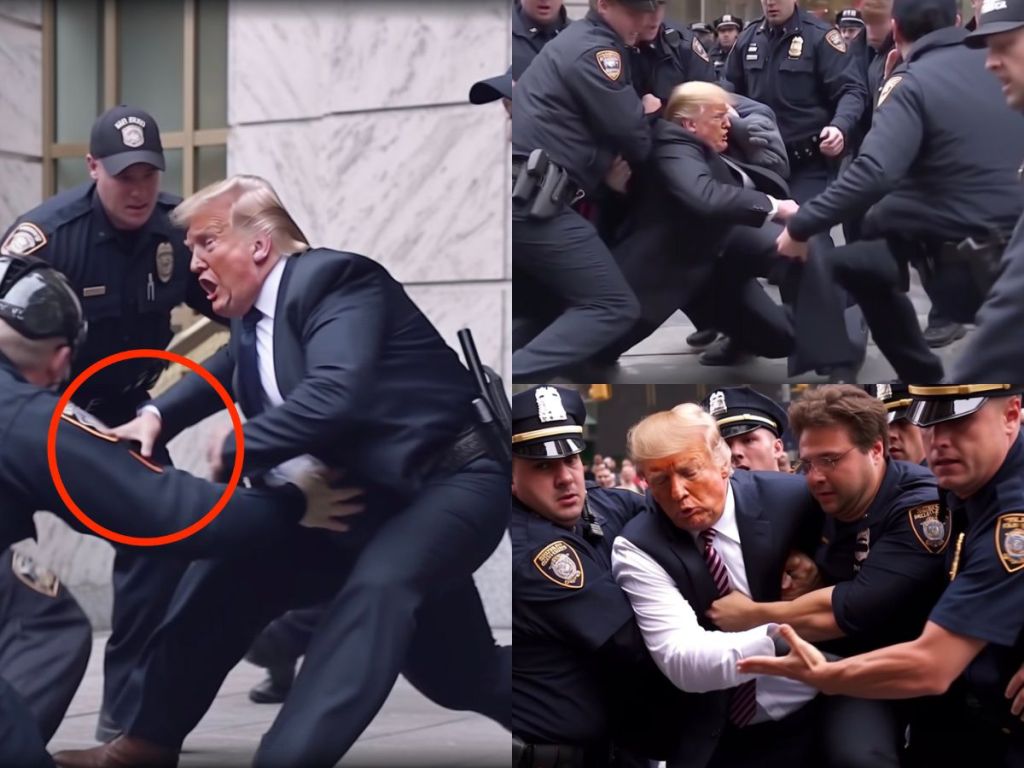Over the past 48 hours, several photos of prominent current and former world leaders went viral on Twitter. The series of photos depicts, among other things, former US president Donald Trump being arrested by a swarm of police officers, one of which happened to be current President Joe Biden.
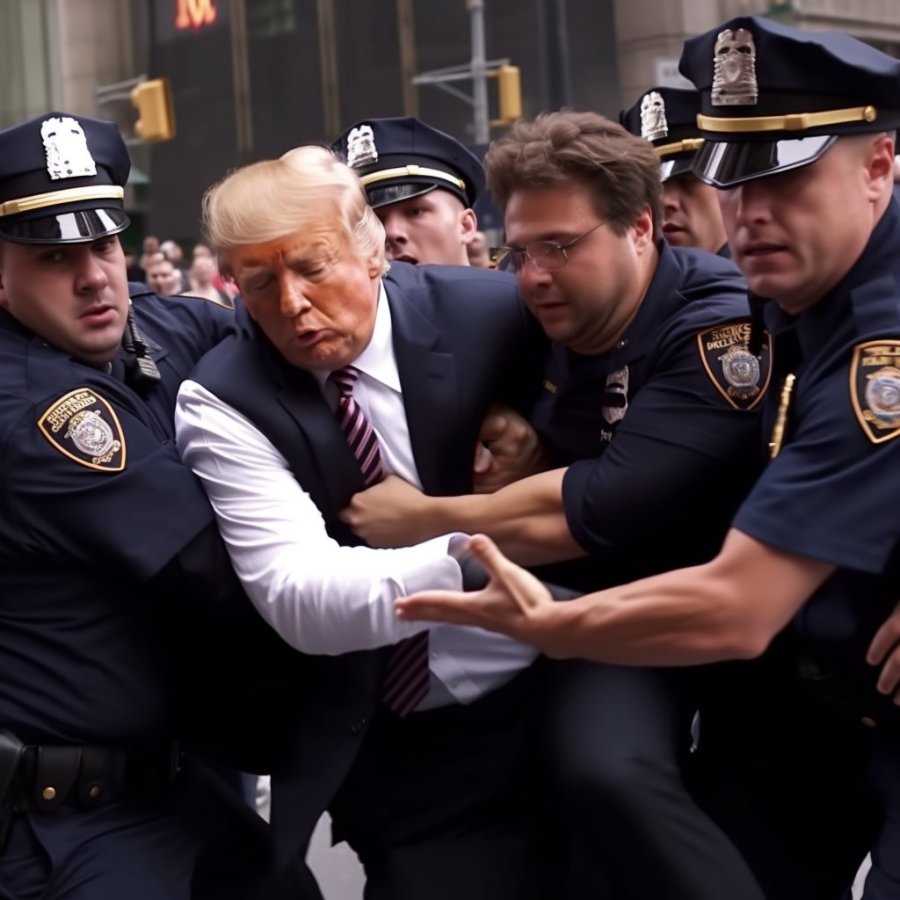
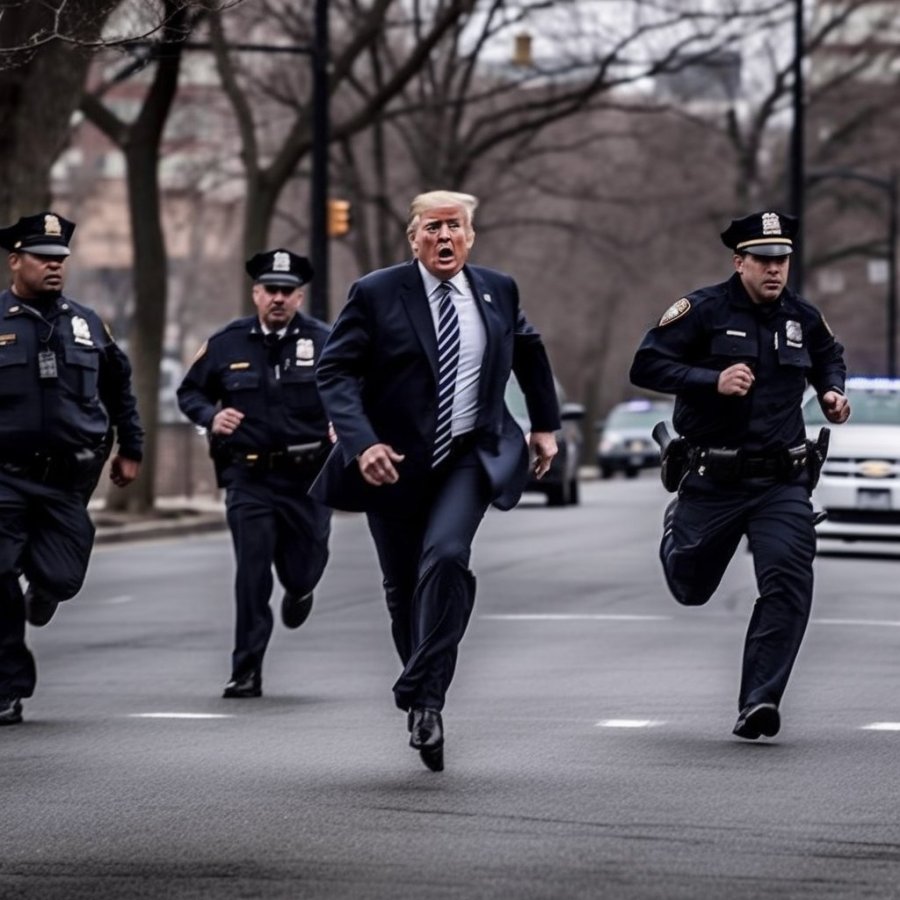
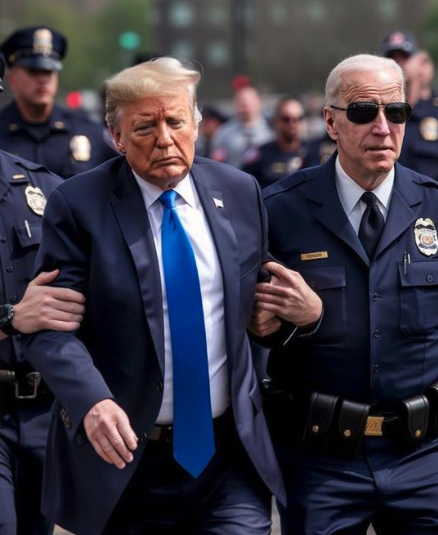
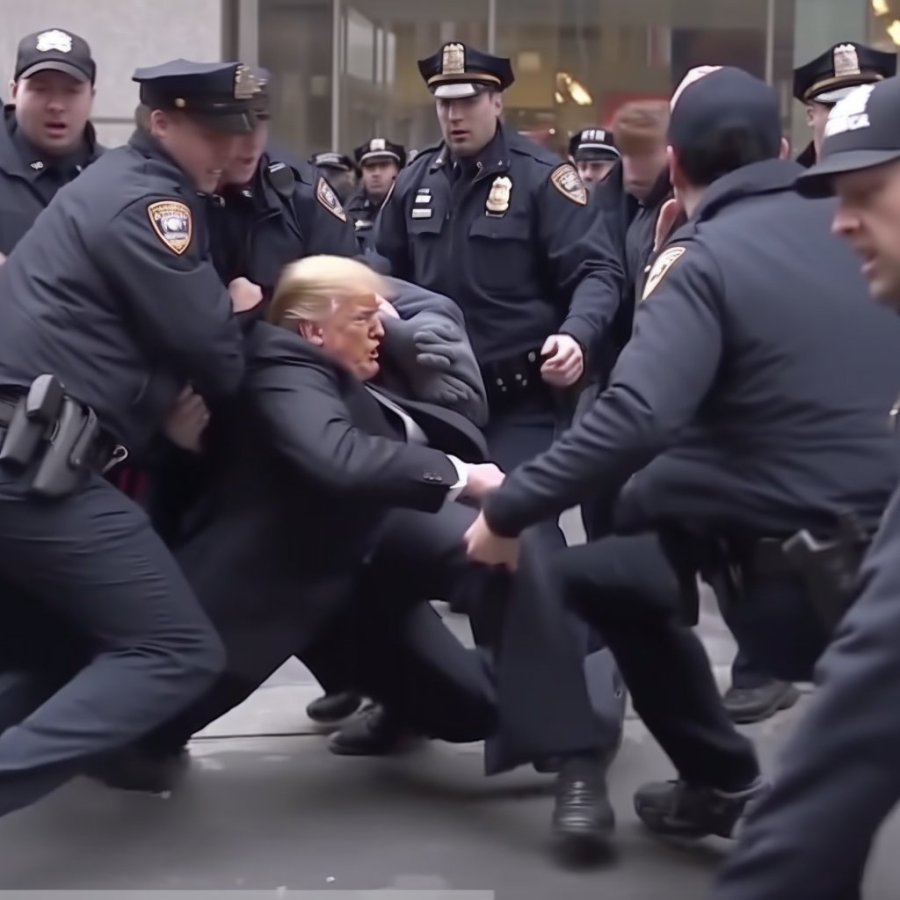
In another image, Russian leader Vladimir Putin is depicted on one knee, shaking hands with Chinese leader Xi Jinping.
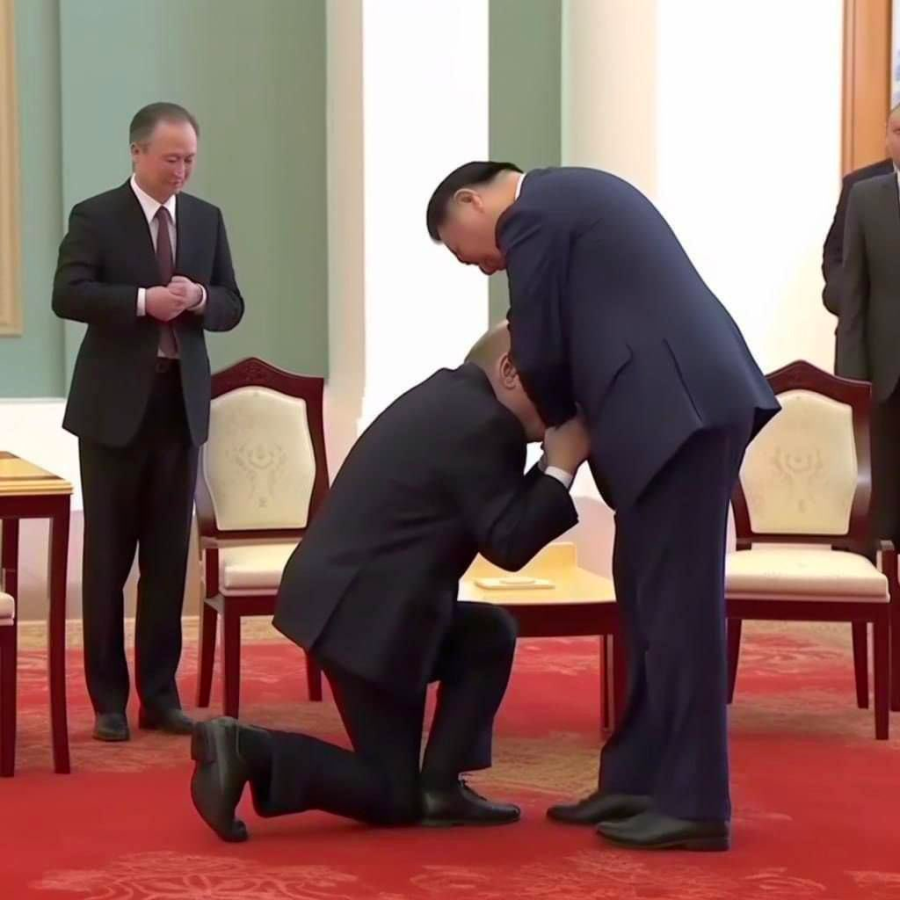
News flash: none of them are real.
Trump arrested by Biden
Two days ago, Donald Trump himself issued several statements asserting that he expects to be arrested this week. Since then, social media (particularly Twitter) has been alight with speculation about the date of his possible detainment.
In the midst of this, images depicting his arrest began appearing on Twitter, with many accounts with large followings sharing the photos as fact.
It appears that the images were first uploaded by Eliot Higgins, founder and director of Netherlands-based investigative journalism organisation Bellingcat.
“Making pictures of Trump getting arrested while waiting for Trump’s arrest,” he tweeted.
Since then, several experts have quickly jumped onto social media to highlight little details in photos that give away the fact that they’re generated by a machine.
A journalist at The Atlantic shares that the photos look “over-stylised” — which is true, because we wouldn’t expect someone to have their hair perfectly combed-back when they’re in the middle of an arrest.
AI still has a hard time drawing hands, too: another expert pointed out that the AI-generated hands are still… wonky.
Meanwhile, Higgins himself seems to be riding the wave: he has since created more photos depicting Trump’s day-to-day life in prison with the help of AI.
In the photos, Trump is depicted reading, exercising, and even playing basketball with his fellow inmates.
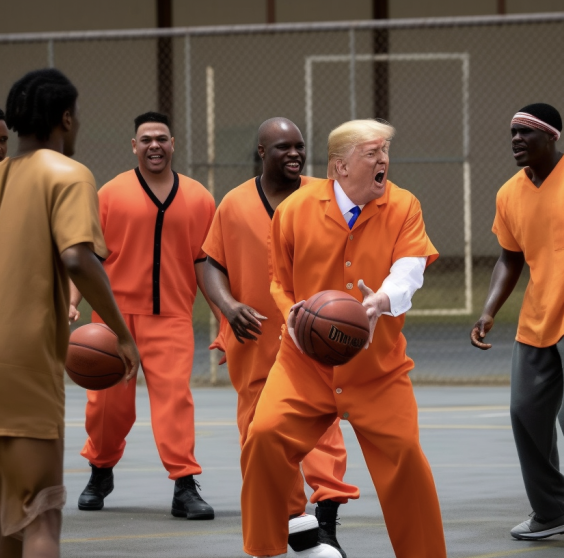
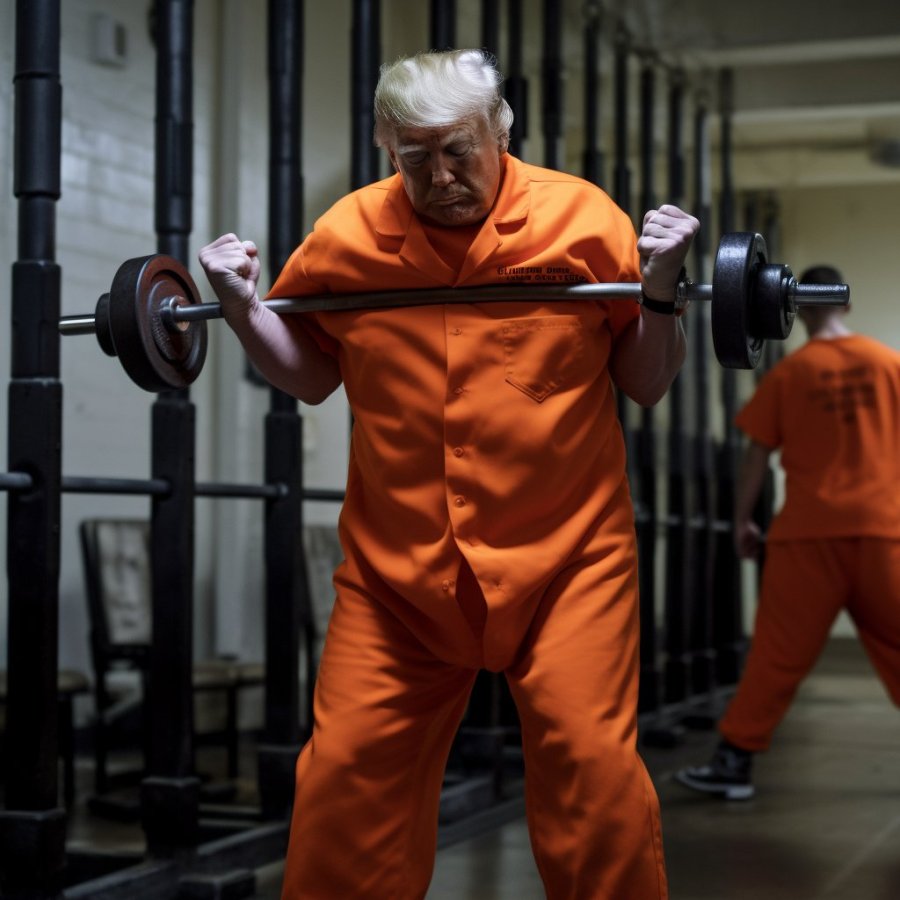
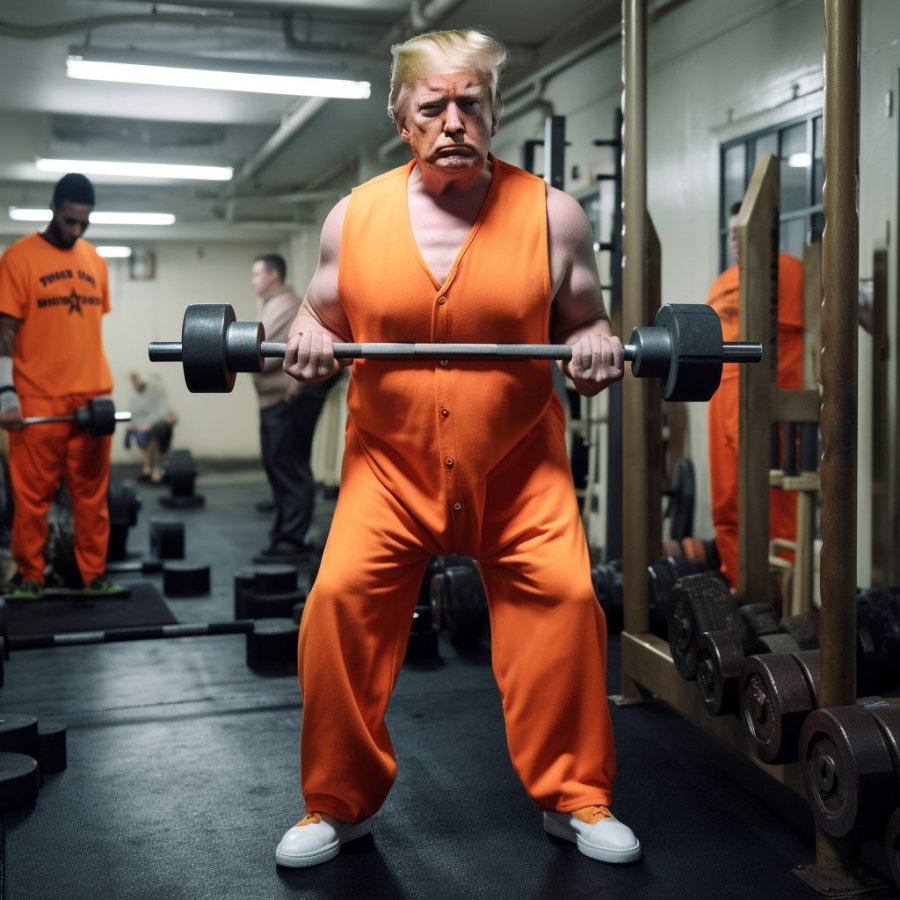
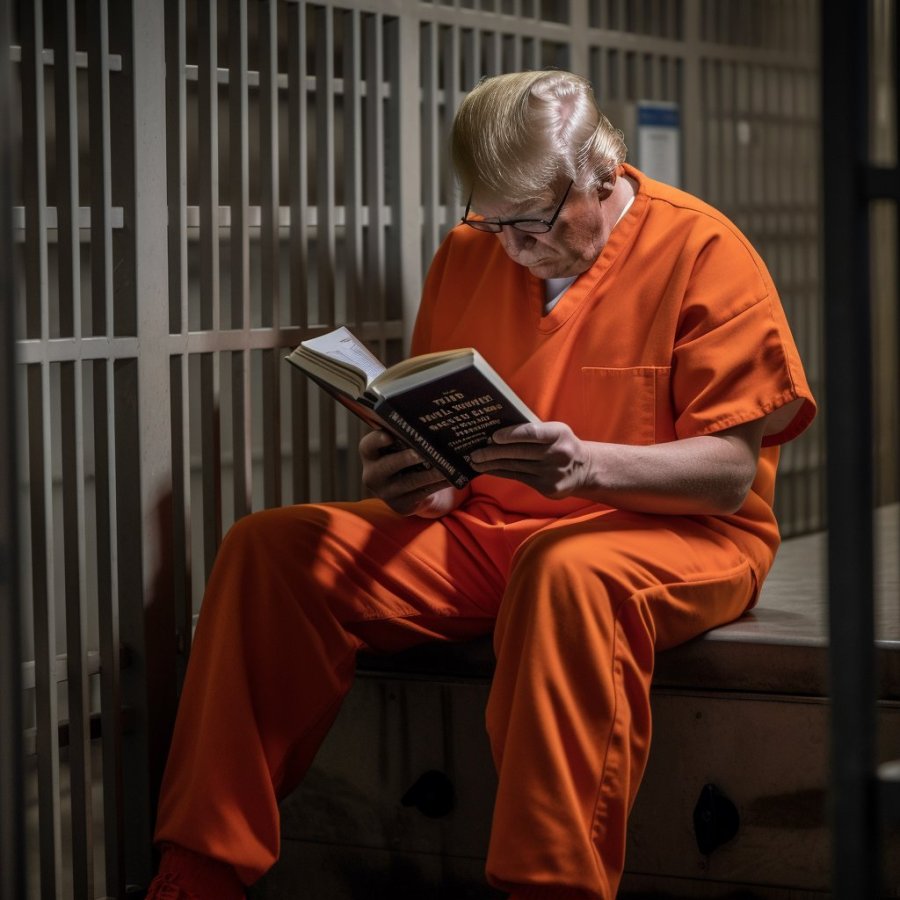
Putin meeting Xi
On the other side of the world, China’s Xi Jinping is in Moscow visiting his best friend Vladimir Putin. The Kremlin has released official photos of them reuniting, but one photo in particular is grabbing the attention of Twitter punters.

David Puente, a journalist and deputy director for non-profit fact checking site Open Online, pointed out three details in the photo that show that it’s fabricated. Comparing them with state-released footage, Puente points out that the shoes worn by AI-generated Putin are different.
AI Putin’s head is also too large for his body. Thirdly, the room that the AI figures are in is too simplistic and obviously different from the Kremlin’s majestic palace.
Amanda Florian, a technology reporter that covers China, also shared a thread detailing how she ran the image through reverse-search sites, but came back with “a minimum of 239 instances of the photo on sites and social platforms with origins in Hong Kong, Poland, and Ukraine.”
She also ran it through AI image detector Hugging Face, which confirmed that the image was indeed AI generated.
AI generated photos stoke disinformation
ChatGPT and AI art generators like Midjourney and DALL-E continue to make progress, and the artwork produced by machines is increasingly realistic and convincing.
Jamie Simmons, founder of Sydney-based AI art studio Absolutely.AI, tells The Chainsaw that: “It’s unfair to say that people are being ‘fooled’ by these images… I think the right way to say it is that they’re really convincing images.”
“Right now, they’re lifelike… They look like real situations, real people, real environments,” he says.
The prevalence of such images on social media also means that media researchers’ jobs are about to become way more difficult. Deepfakes and AI porn are already here, but in Australia there has yet to be formal regulation targeting such cases.
“Speaking as a former journalist myself… it’s going to be really bad for misinformation because you really won’t be able to tell what’s real and what’s not.”
What about the practice of proper disclosure whenever a creator puts out an AI image, as Florian suggested?
“It’s a great idea in theory and of course, the responsibility should lie with the person who’s created this fake image, but I think that’s a naive way of thinking,” he says.
“Knowing what we know about people, about social media, [they] will not disclose if this is a fake image or not.”
“All of this to say, you can’t trust everything you see on the internet.” Florian tweeted.



